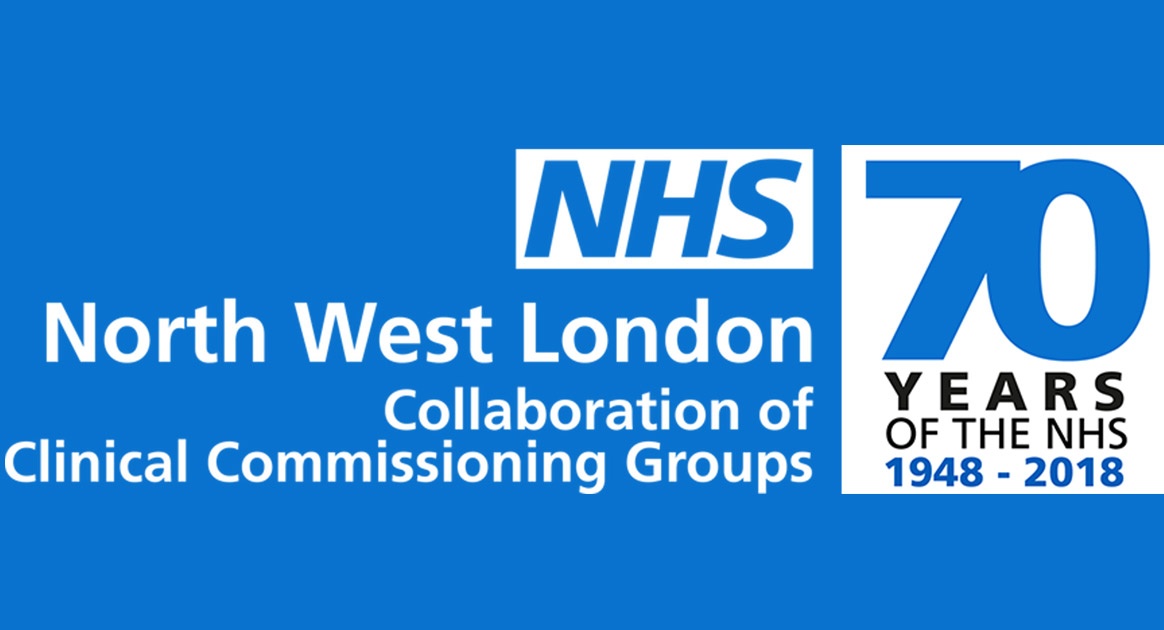Clinical, Five Year Forward View
Primary Care Workforce Modelling in NW London
North West London has developed a strategy to transform and support primary care workforce modelling.
Delvir Mehet and Jenny Finch of the Strategy and Transformation team at NW London, spoke to us about the strategy. In particular, how a workforce modelling project will support Networks to model the primary care workforce within NW London.
Developing the workforce modelling strategy
To begin, they went through a period of stakeholder engagement and governance processes to inform and approve the strategy by 8 governing bodies. The strategy will be delivered over a 2-year period in a phased and tiered approached.
Tier 1:
Focuses on workforce modelling, using NHS England’s workforce modelling tool, and workforce transformation as a result of the modelling.
NW London will support networks as a pilot to use the tool, better understand their workforce data and how it relates to population and future population health needs.
The results will be used to stimulate local conversations on how to better use the workforce, and the requirements for the skill mix of the future workforce across networks.
Tier 2:
Focuses on the recruitment and retention of GPs and general practice nurses and the integration of new roles (clinical pharmacists, physician associates, etc.), as well as supporting the sessional workforce (incl. Portfolio working).
Tier 3:
Focuses on the implementation and development of career pathways. There is already an education and career framework for district and general practice nurses in place from Health Education England, but it isn’t being used in primary care in NWL. They want to embed that framework into NW London following a standardised approach, to increase morale, aid retention and support nurses to work to the top of their license.
There is also an opportunity to support Practice Managers to develop the skills required to lead initiatives to develop primary care at-scale, and develop career pathways for senior administrative staff to go into Practice Manager roles by offering apprenticeships.
The goal for primary care workforce transformation
The common goal is to share best practice and learning where patches are doing well across NW London, as well as what's happening in other regional and national STPs.
“My ambition is, if we can get a consistent and unified way to address the challenge, that would be a success for us. The engagement has helped to inform what those priorities are to ensure we have a mandate and unified ambition across NW London. It’s that ambition we managed to harness in this strategy,” said Delvir Mehet.
The workforce modelling tool
The workforce modelling tool being used for Tier 1 was developed by NHS England, with support from Health Education England. It’s a flexible tool that can be used in many ways. It allows you to input workforce information, and analyse data to help you understand how you can transform your workforce as a result.
“Our focus is on supporting networks of practices (30-60k populations).
“We can look at the current workforce across our network, who does what in relation to the whole patient population or even specific population groups. You can input costs associated with staff, and various scenarios to consider how skills could be better utilised, what skill-sets are required now and in the future, to meet patient needs and new models of care.
“It really helps stimulate conversation and supports the understanding of workforce data, who does what, or how you can utilise the skill mix differently. It gives you options for how you want to prioritize recruitment and retention initiatives moving forward,” said Jenny Finch.
The bigger picture of workforce modelling
NW London aren’t the only ones using the workforce tool. A significant number of STPs in London are also using it to support workforce modelling.
The output of the workforce tool will help determine where local recruitment and retention priorities are required at a local level. It also plays a big role in supporting the sessional workforce.
Many GPs want to continue to do clinical sessions, but also want opportunities to work flexibly. For example, some experienced GPs want to reduce clinical hours and take on leadership and mentorship roles. Part-time nurses often look for additional work, but those who can’t do it in their own practice may look elsewhere.
With this in mind, the NW London team want to develop a common set of principles around supporting the locum workforce, including how locums could be employed across NW London. This would reduce both the administrative burden and costs on practices and offer greater portfolio opportunities.
Overall, the workforce modelling pilot will be split into 2 cohorts. The first includes 4 networks over a 3-month period, which is currently being implemented this quarter. The second group of 4 networks will begin in Q3, and evaluation will take place in Q4. The outcomes will include how the learnings can be used across NW London.
What the team have already achieved is quite an accomplishment. Tier 1 and 2 are already being implemented, specifically GP and general practice nurse retention (Tier 2).
They have also already received London-wide recognition, due to their engagement with local stakeholders, collaborative working with the 8 CCGs, NHS and Health Education England primary care teams.
For more information, please contact:
 Delvir Mehet
Delvir Mehet
Assistant Director of Workforce and OD
Strategy and Transformation Team
NHS North West London Collaboration of Clinical Commissioning Groups
delvir.mehet@nhs.net
 Jenny Finch
Jenny Finch
Workforce Transformation Implementation Lead
Strategy and Transformation Team
NHS North West London Collaboration of Clinical Commissioning Groups
jenny.finch@nhs.net


